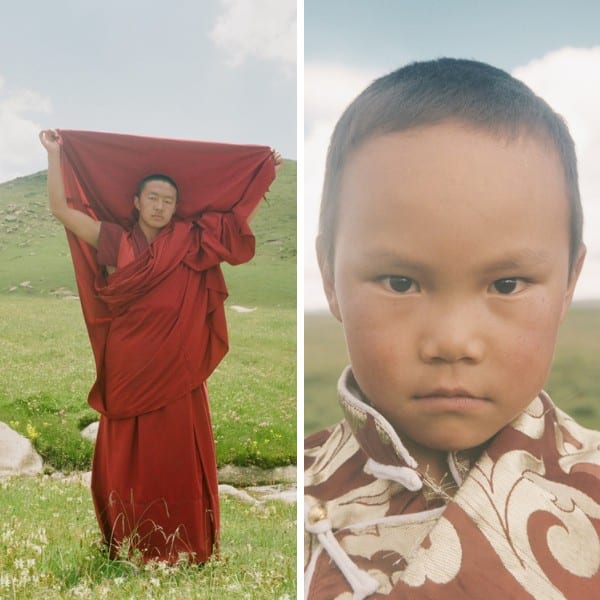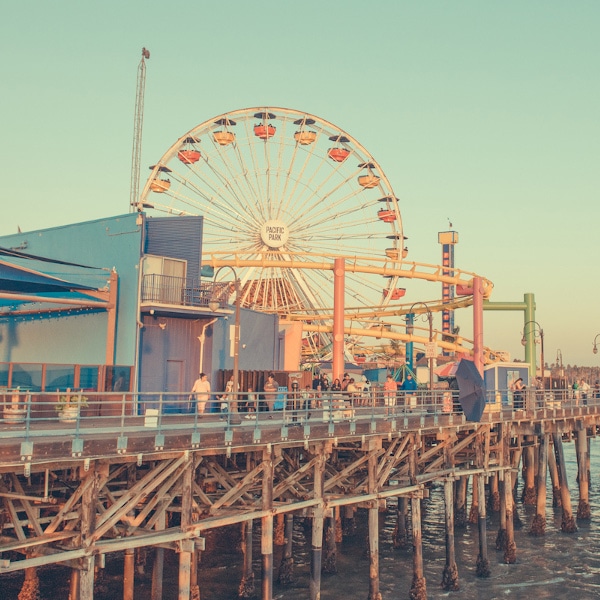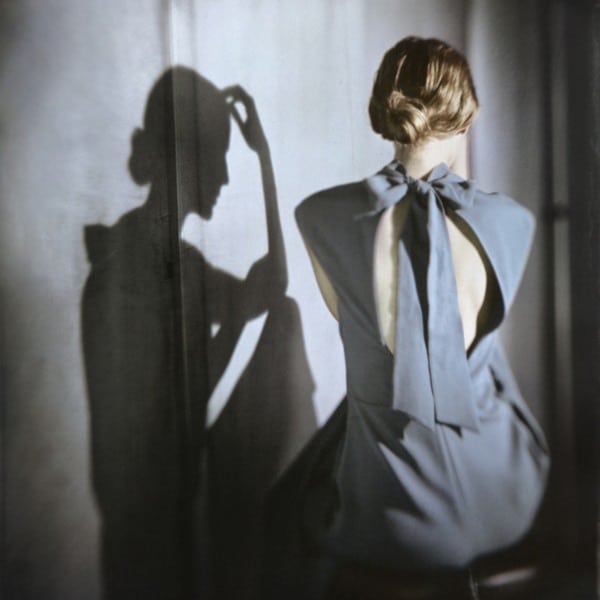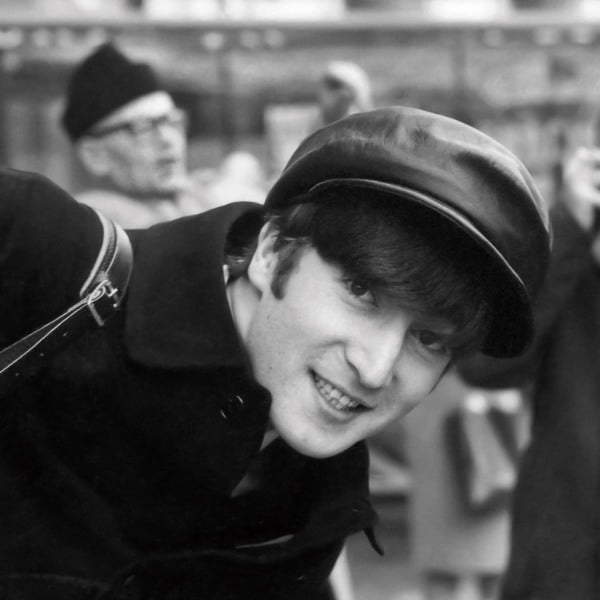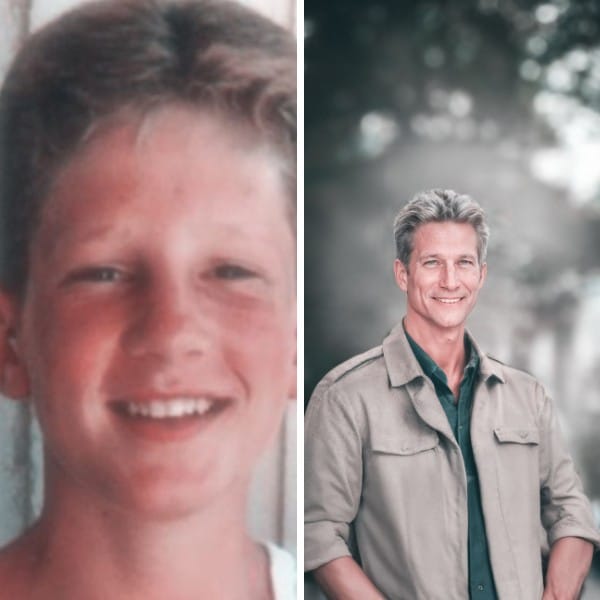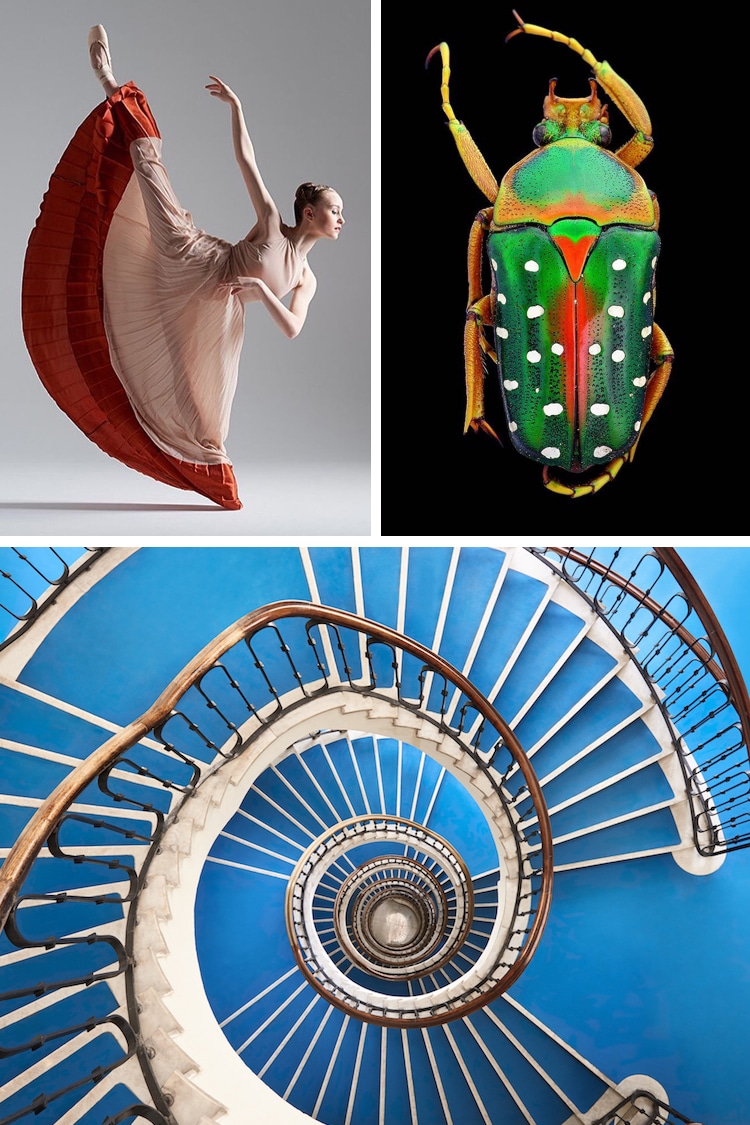
This post may contain affiliate links. Please read our disclosure for more info.
For many of us, snapping a photograph has become second nature. With great cameras now built in to smart phones, making an image has become less about about artistry and more about utility. We take pictures of things we want to remember—this could be anything from a wedding or vacation to what we ate for breakfast. This doesn’t mean, however, that creative photography is going the way of the dinosaur—on the contrary. Technology has expanded its visual possibilities, with different apparatuses and lenses making it possible for us to capture different types of photography in ways we wouldn’t have dreamed before.
From eye-opening documentary images to awe-inspiring fairy tale scenes, one thing is clear: the world of photography is incredibly nuanced. There are countless ways to compose and edit a picture, but often, image-makers concentrate their portfolio on one or two types of photography. That way, they can perfect their techniques and refine their visual language to make their pictures even stronger.
Check out some of our favorite types of photography and the contemporary image makers working within these genres.
Aerial Photography
Ever since photography was invented in 1839, people have been trying to capture the Earth from above. Aerial photography has a long and rich history, which started in 1858 when photographer Gaspard-Félix Tournachon tethered a camera to a balloon. Since then, it’s only gotten better thanks to the advent of drones. Photographer Andy Yeung tells us, “What I like most about working with drones is that we can see things we normally don't have access to. Plus, drones add a layer between traditional aerial pictures and ground pictures, making the creative process more interesting.” If you’d like to get started with aerial photography, learn how 10 amazing photographers capture the world from above.
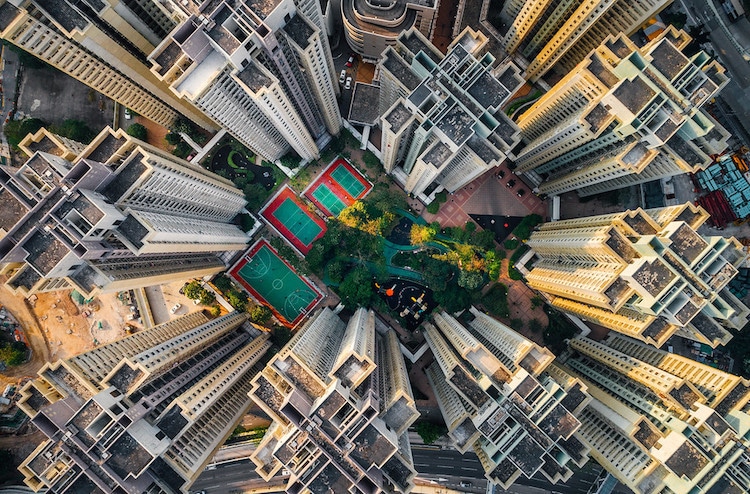
Photo: Andy Yeung
Read more: Spectacular Drone Photos Capture the Densely Packed ‘Walled City’ in Hong Kong
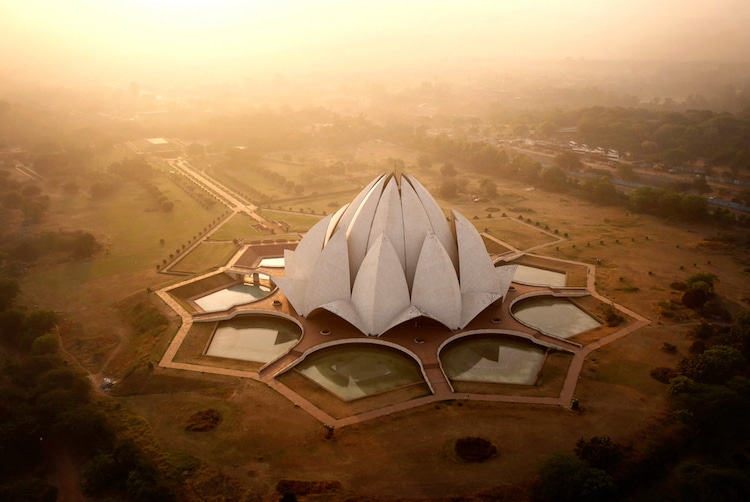
Photo: Amos Chapple
Read more: 10 Aerial Photographers Reveal How They Capture the World from Above
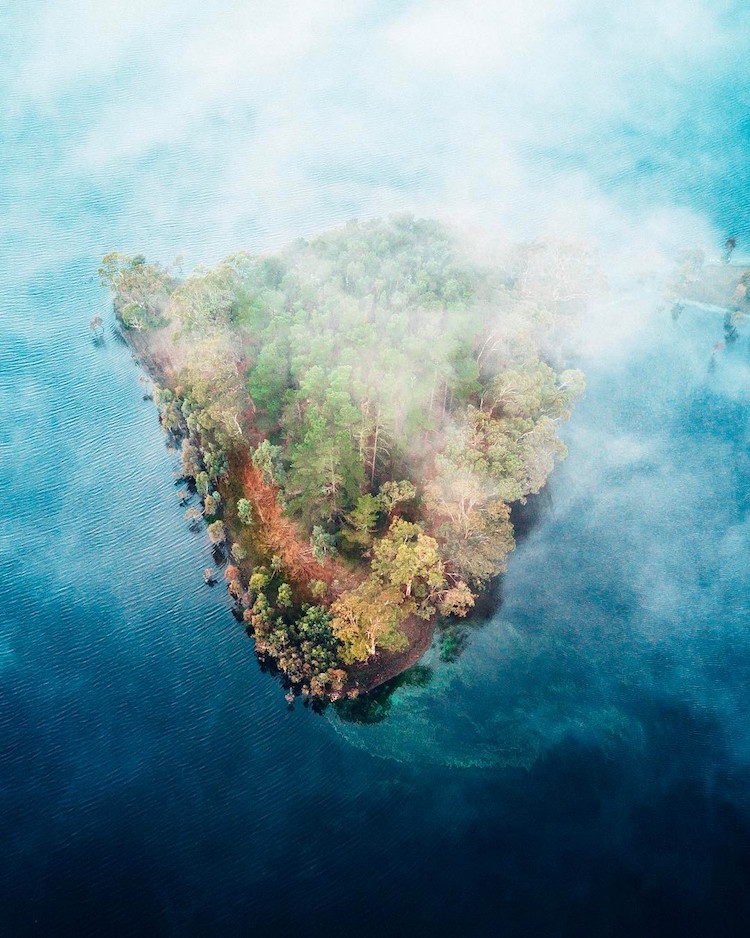
Photo: Bo Le
Read more: Drone Photographer Captures Stunning Aerial Photos of South Australia’s Coast
Black and White Photography
Modern black and white pictures keep photography's oldest tradition alive. Now, shooting with this limited palette is a stylistic choice rather than a necessity, and image makers use it as a way to add timeless drama to their compositions. When shooting a photograph in black and white, it’s most important to remember contrast; the shadows will look more defined, and your extreme tones will appear crisp and clean. As a result, your image will pop. For more insight on capturing bold and beautiful shadows, check out our helpful guide.
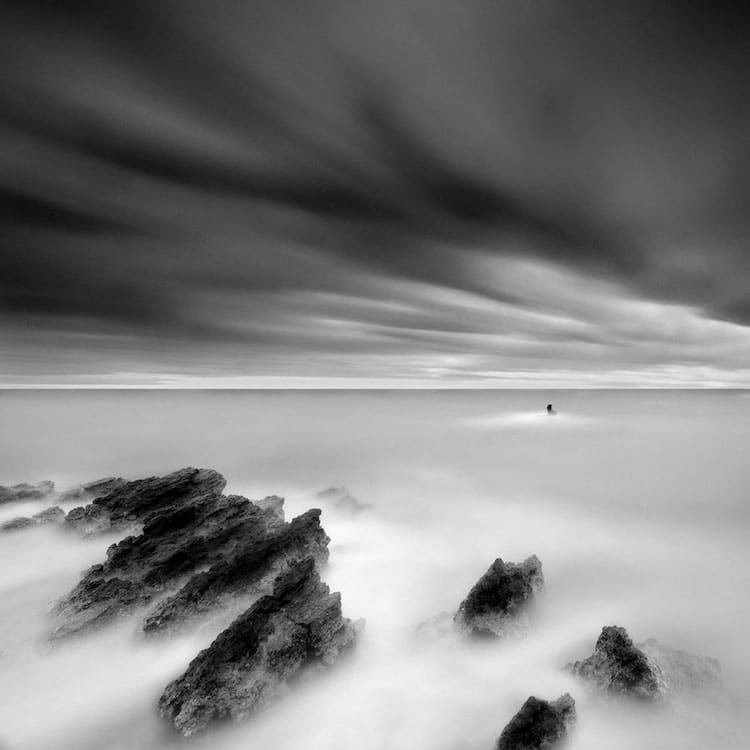
Photo: George Digalakis
Read more: Minimalist Photographer Captures Dramatic Depth of Nature in Black and White
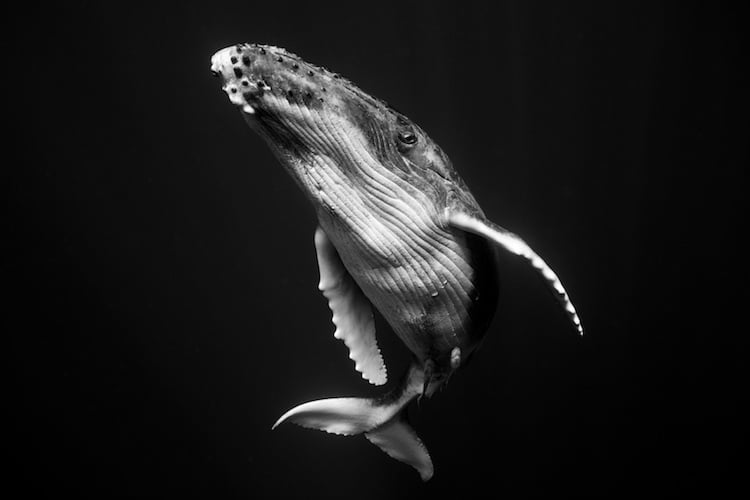
Photo: Jem Cresswell
Read more: Interview: Intimate Underwater Portraits of Humpback Whales by Jem Cresswell
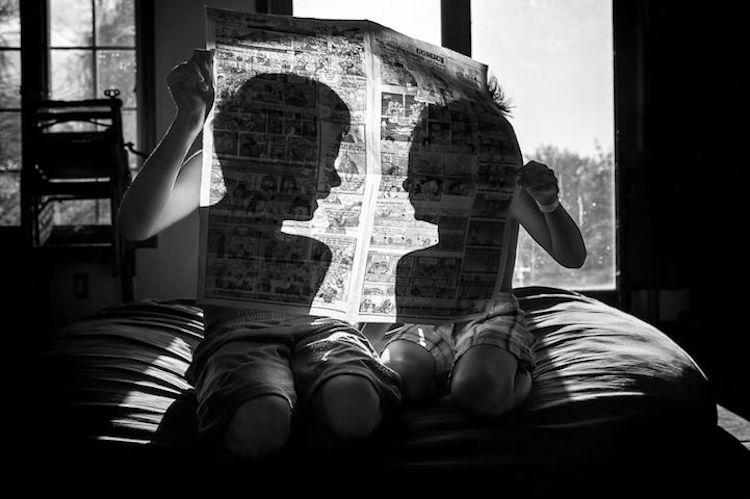
Photo: Ashley Carlton
Read more: Winners of the B&W Child Photography Contest Capture the Universal Essence of Childhood
Composite Photography
Many types of photography captures exactly what the camera sees, but that isn’t the case with the composite approach. It features dozens, if not hundreds, of photographs in a single image. The individual photos are shot and then digitally patched together into a believable scene. If you’ve got Photoshop, you too can make your own composite image. Learn how in the online class called Compositing in Photoshop From Start to Finish.
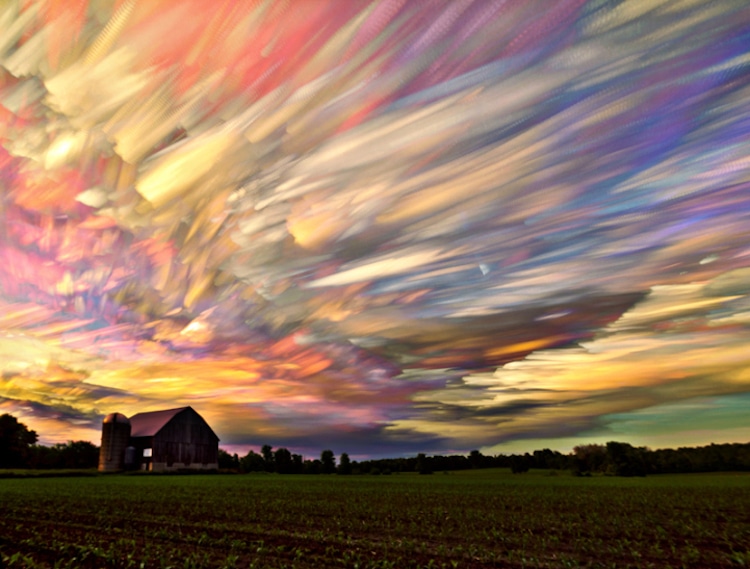
Photo: Matt Molloy
Read more: Exclusive Interview: Photographer Behind Those Gorgeous Smeared Skies
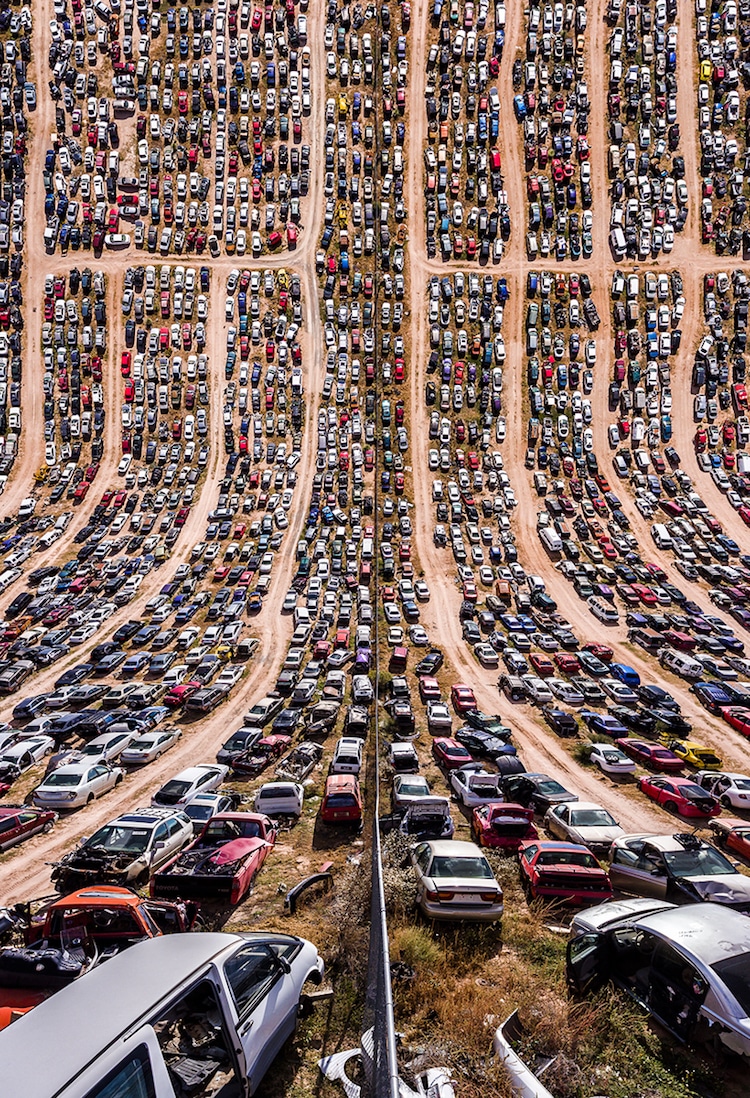
Photo: Aydın Büyüktaş
Read more: Warped Photos Give New Inception-Like Perspective of the U.S.
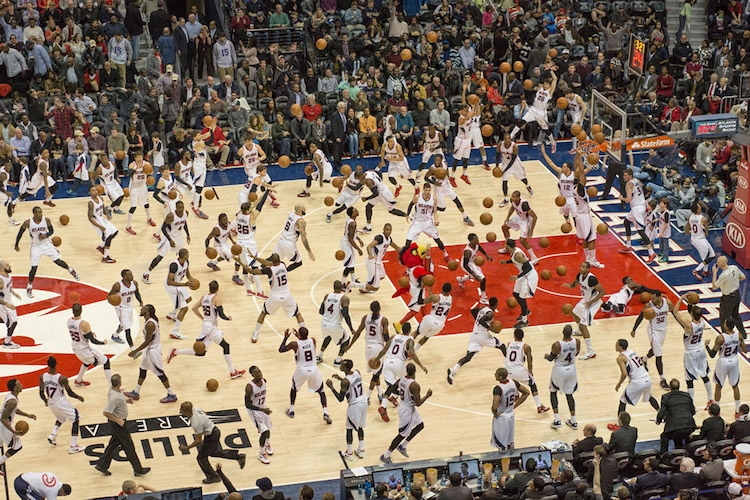
Photo: Pelle Cass
Read more: Interview: Composite Photos Reveal Everything That Happens in One Spot Within 2 Hours
Infrared Photography
Infrared photographs reimagine the world as we know it. Using special photography filters, ordinary places are transformed into otherworldly locales. Trees and grass, for instance, are tinged in shades of oranges pinks, and purples. Even fog can take on a life of its own. In Bradley G. Munkowitz's series depicting Tracy Arm fjord in Alaska, the low-lying clouds look like fields of lava ready to erupt. Photographer Paolo Pettigiani echoes this in his infrared images of Central Park. “What I like about this kind of photography is making visible something invisible.”
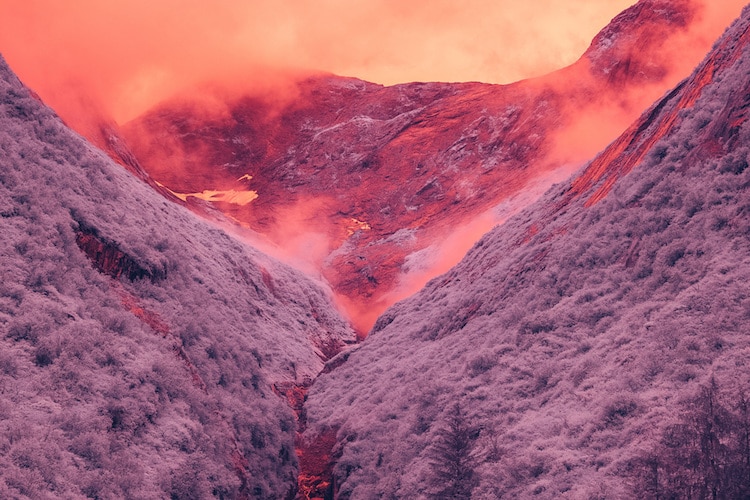
Photo: Bradley G. Munkowitz
Read more: Otherworldly Infrared Photography Transforms Alaskan Fjord into Another Planet
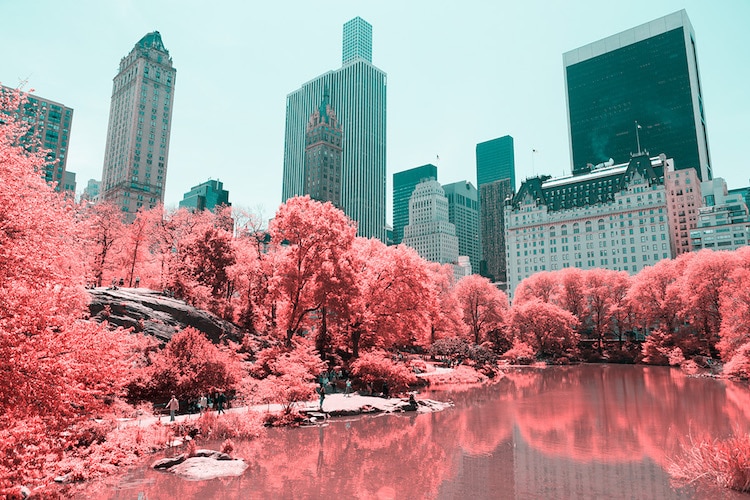
Photo: Paolo Pettigiani
Read more: Infrared Photography Transforms Central Park into Surreal Wonderland
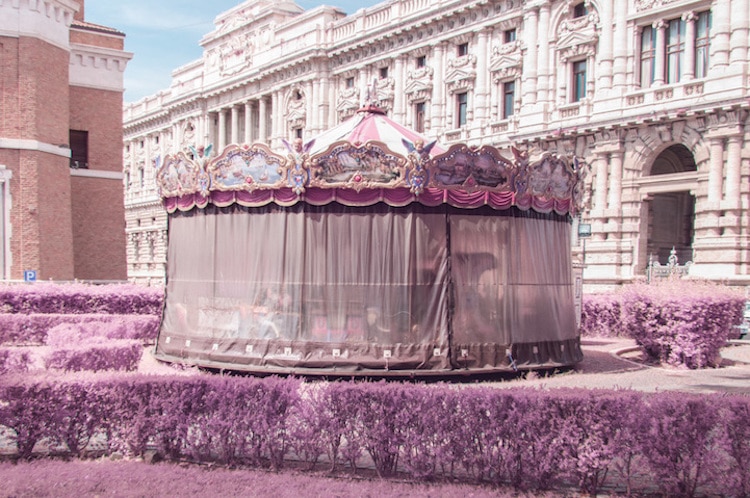
Photo: Milán Rácmolnár
Read more: Infrared Photos of Rome Capture the City of Love as a Pink Wonderland
Dance Photography
Photography offers an ideal way to capture the beauty of dance. The best images are moments frozen in time that showcase the artistry and strength of its subjects. But, photographing these images aren't as effortless as they look. To capture a dancer—especially one in mid air—split-seconds count, so you need to have a fast shutter speed on your camera. Also, you must consider the best angle at which to point your device; dance is more than just body movement, so be sure to photograph a dancer's face to really get the essence of their performance.
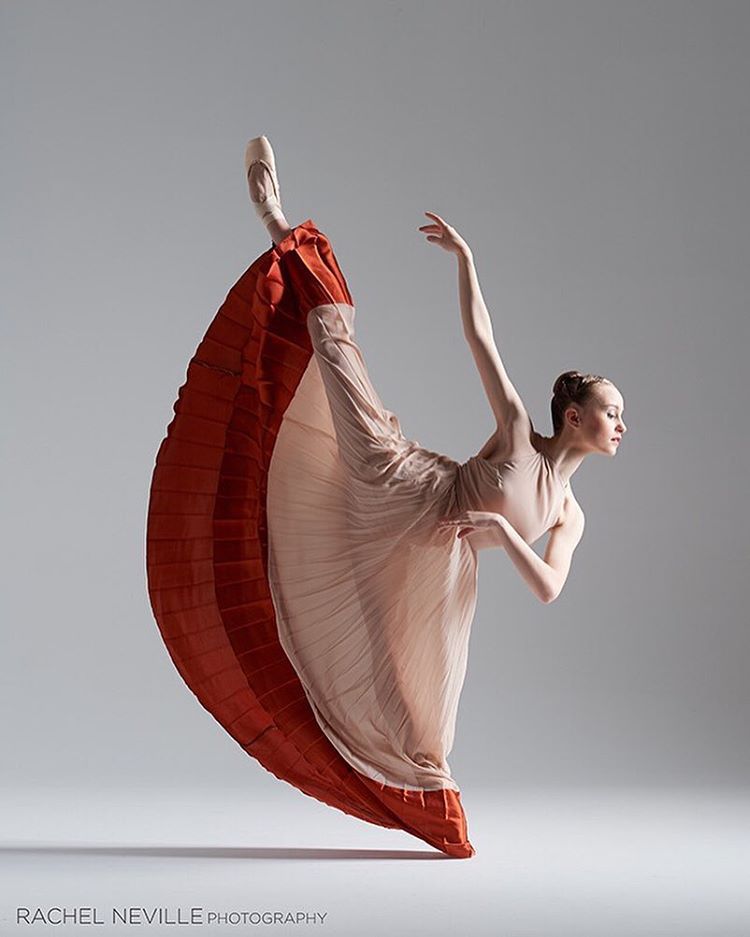
Photo: Rachel Neville
Read more: Elegant Portraits Capture the Graceful Movement of Nimble Ballet Dancers
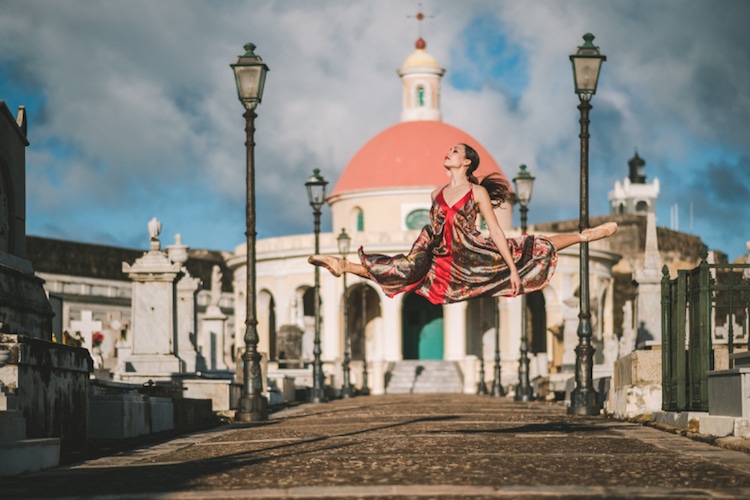
Photo: Omar Z. Robles
Read more: Dynamic Photos of Ballet Dancers in Motion on the Streets of Puerto Rico
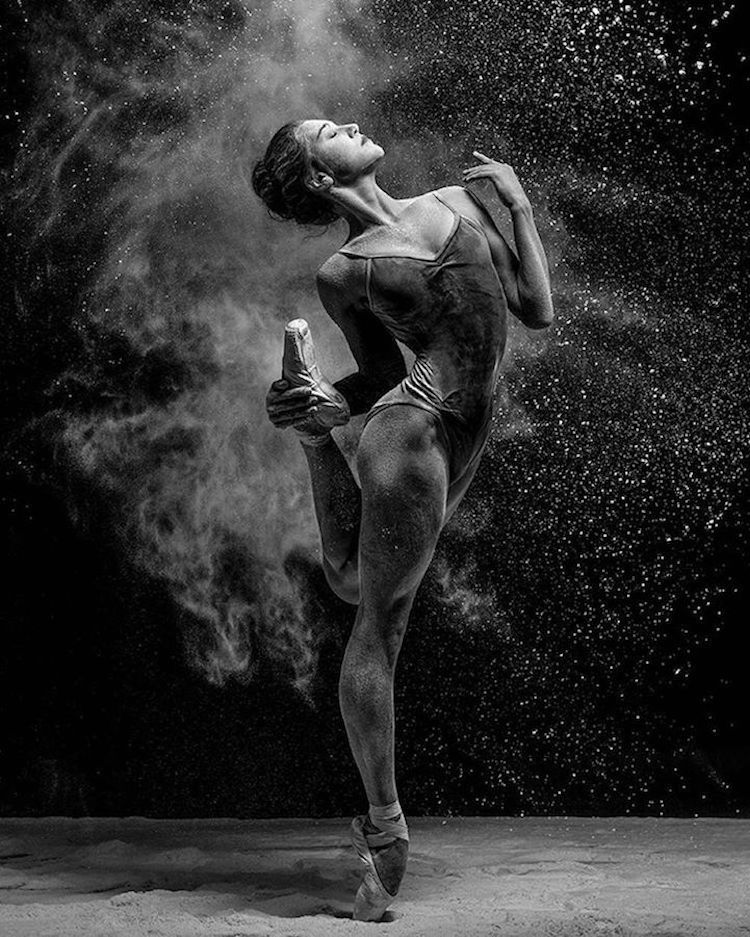
Photo: Olga Kuraeva
Read more: Ballerina Expresses Raw Emotions through Portraits of Delicate Dance Movements
Food Photography
One of the biggest trends in social media—still—is taking pictures of your food. Professional chefs and amateurs alike can make our mouths water with one appetizing image. To ensure that the dish will look delicious, there are a few tips to remember: make sure your food is well lit (try photographing in natural light); pay attention to your props; and shoot quickly—food doesn’t last forever before it melts or collapses!
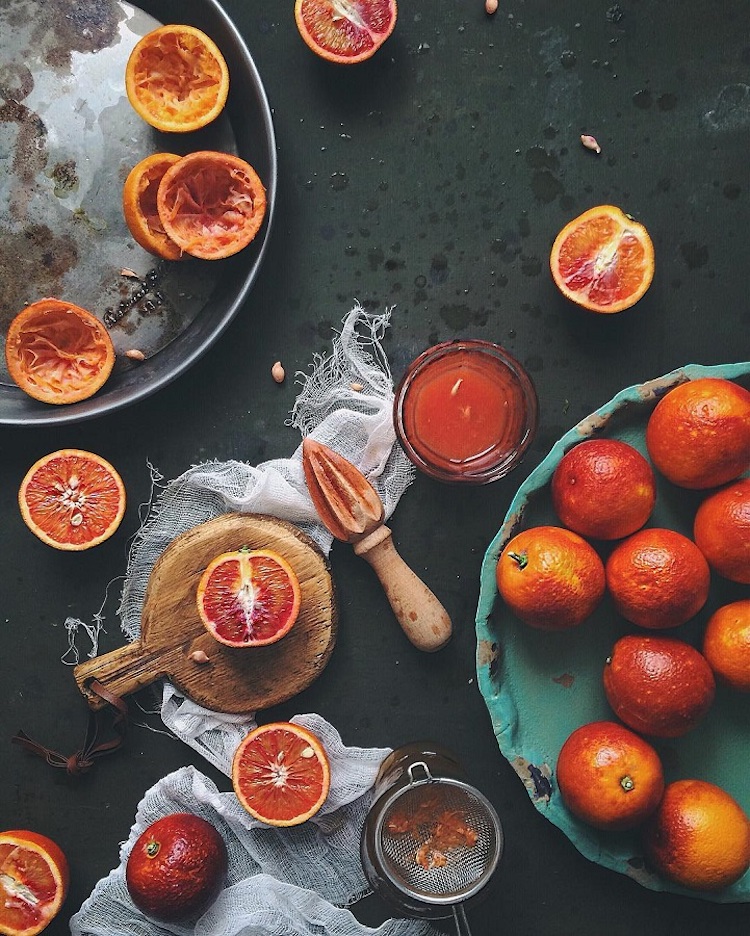
Photo: Alya Galinovskaya
Read more: Sophisticated Flower and Food Arrangements Resemble the Fine Art Beauty of Still-Life Paintings
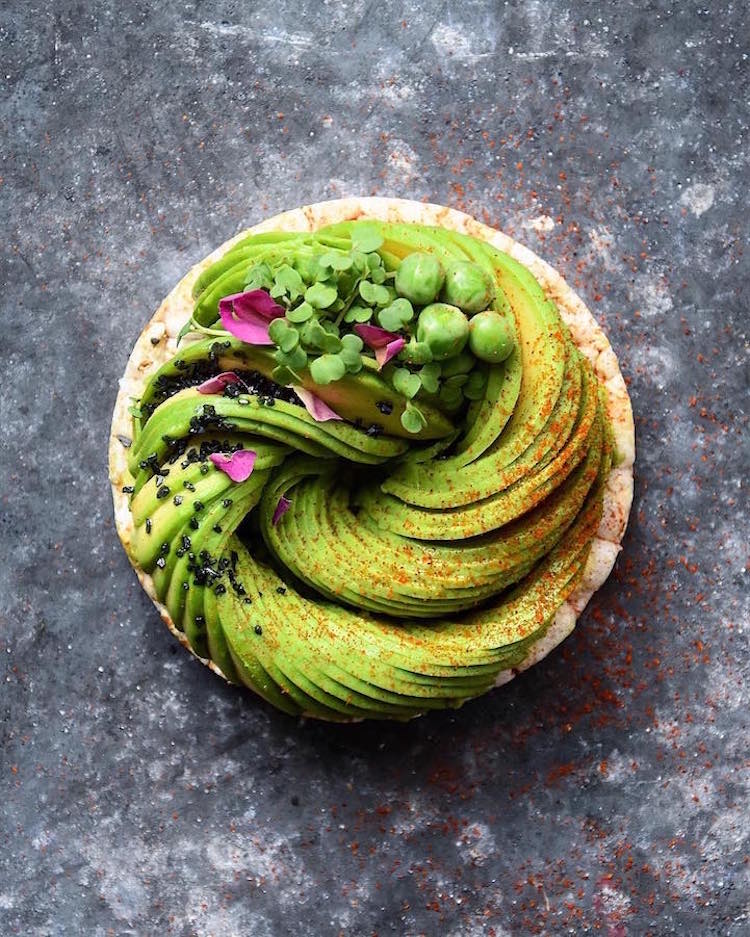
Photo: Colette Dike
Read more: Food Blogger Continues to Meticulously Transform Avocados into Edible Masterpieces

Photo: Michael Zee
Read more: Loving Husband Prepares Beautifully Symmetrical Breakfasts Every Day for Himself and His Partner
Macro Photography
Macro photography makes things that are small appear larger than life. It’s got a broad range of applications, but one of our favorites is in photographing tiny bugs and plants. Exotic insects have their amazing colors and characteristics magnified, and as a result, we see all of the details that we would normally miss. You can take your own macro photos as long as you have a special lens. Tamron makes some of the top lenses for Nikon and Canon. But, if you don’t want to outfit your DSLR, there are plenty of inexpensive macro attachments for your smartphone, too.
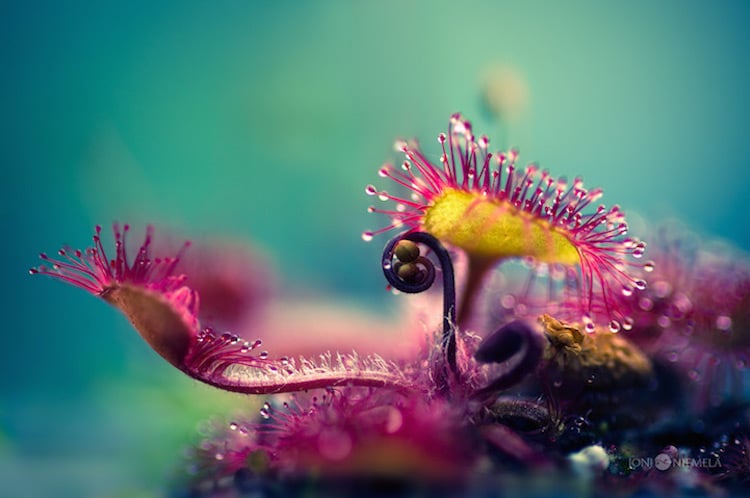
Photo: Joni Niemel
Read more: Gorgeous Macro Photos Detail the Beauty of Alien-Like Carnivorous Plants
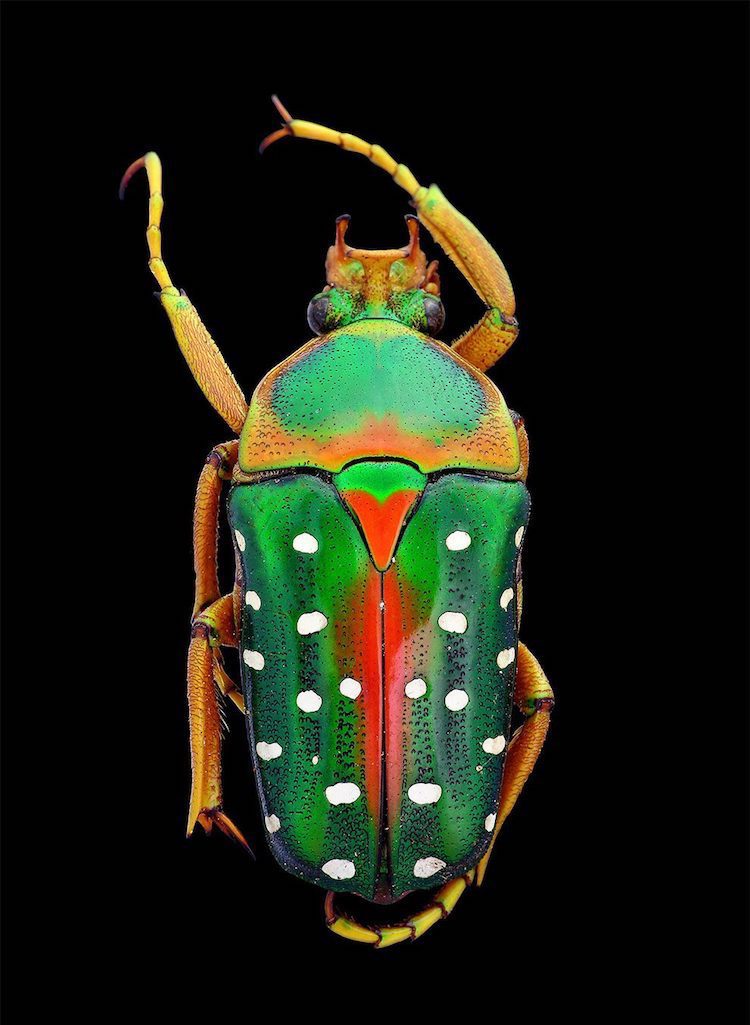
Photo: Francesco Bagnato
Read more: Extremely Detailed Macro Portraits of Colorfully Exotic Insects
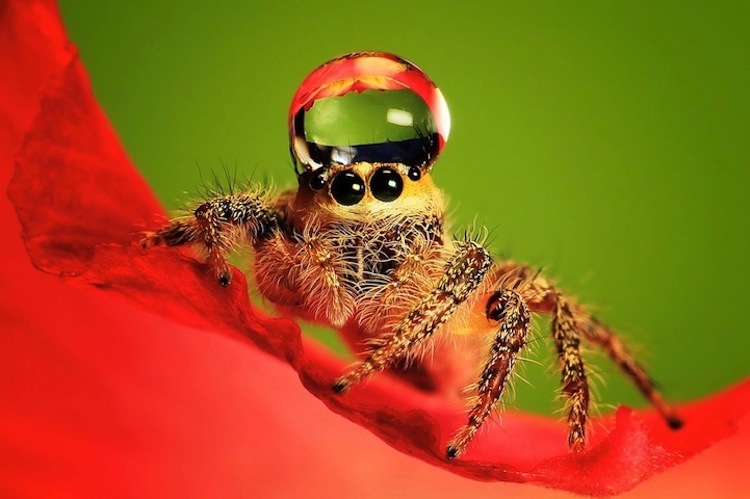
Photo: Uda Dennie
Read more: Silly Photos of Spiders Wearing Water Droplets as Hats
Interior Photography
Anyone can snap a photo of their home, but great interior photographers create awe-inspiring views of a confined space. Some of the most impressive images are of grandiose settings like opera houses. Photographer David Leventi, for instance, captures the drama and beauty of these spaces—even when there’s nothing on stage. These particular places are designed to be spectacular, but with the right angles and composition, even something as ordinary as stairs can be exciting. Balint Alovits demonstrates that when photographed well, they appear as a spellbinding abstract form.

Photo: Balint Alovits
Read more: Hypnotizing Images of Budapest’s Spiral Staircases
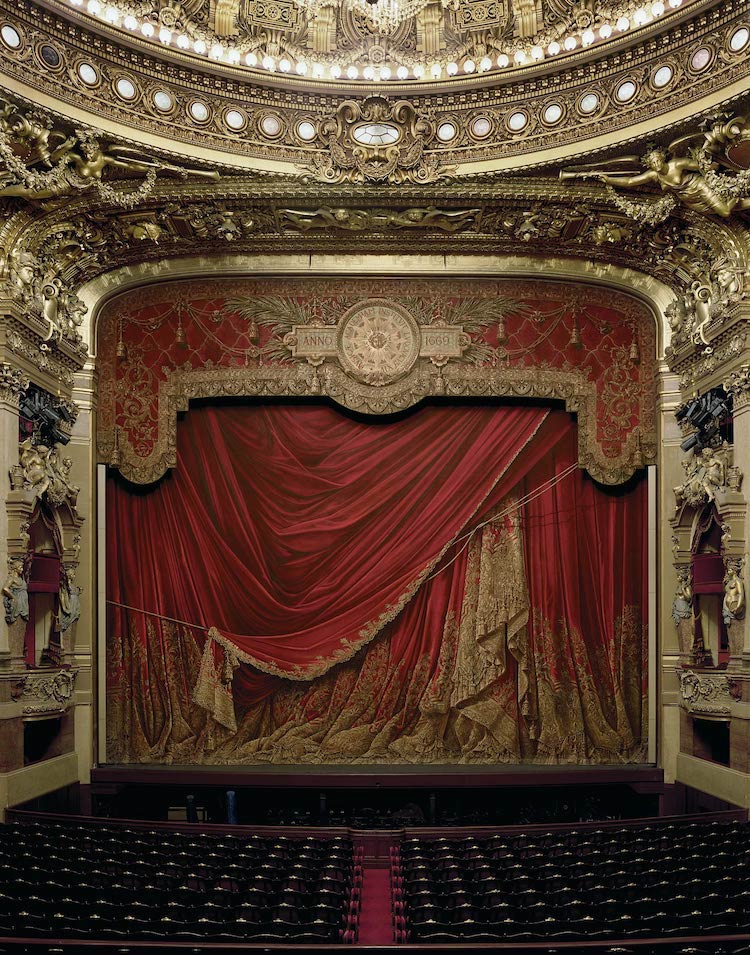
Photo: David Leventi
Read more: 13 Most Beautiful Opera Houses Around the World
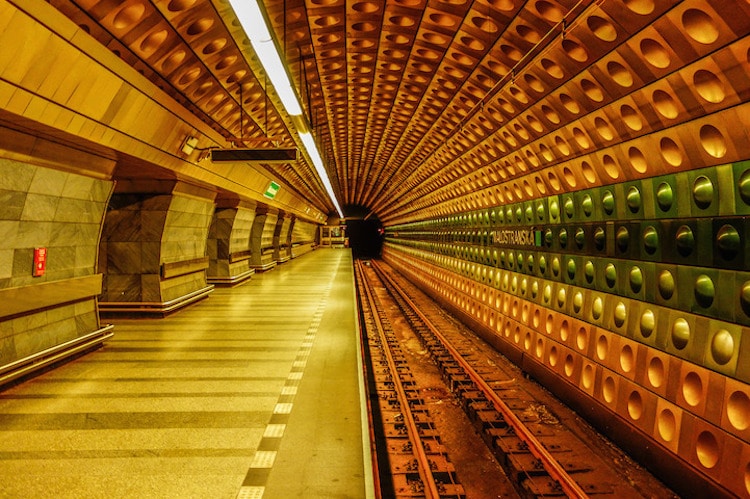
Photo: Enig Hui
Read more: The Stunning Symmetry of Underground Metros Around the World
Fairy Tale Photography
Fairy tales have been around for hundreds of years, and photographers are still trying to recreate them in their images today. While many creatives pay homage to stories like Little Red Riding Hood, others produce striking pictures with a fairy tale magic in mind. These type of photos lend themselves well to elaborate stages and costumes. But, you don’t need a complex setup to make your own fantastical images. Daniela Majic creates them in her tiny attic!
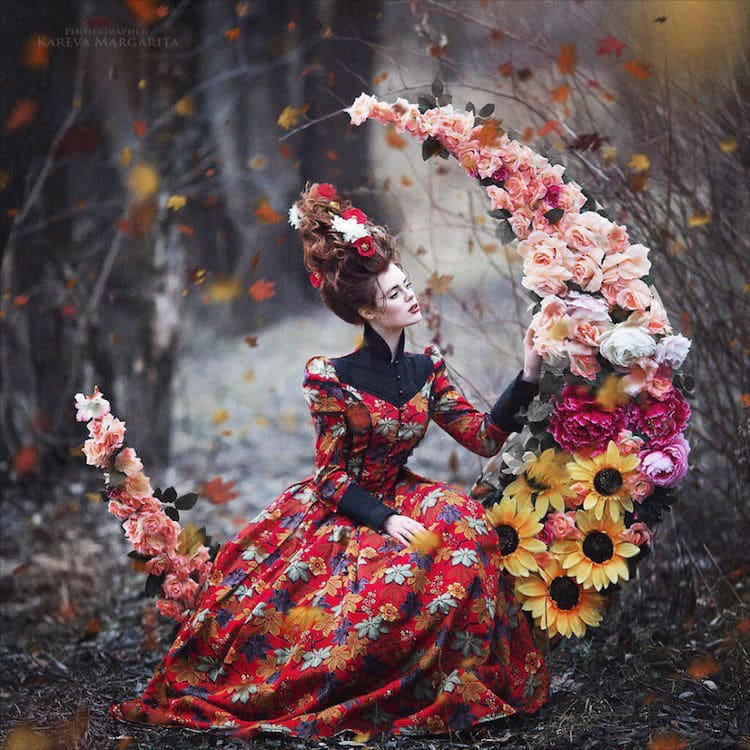
Photo: Margarita Kareva
Read more: Photographer Brings Russian Fairy Tales to Life in Artistic Portraits
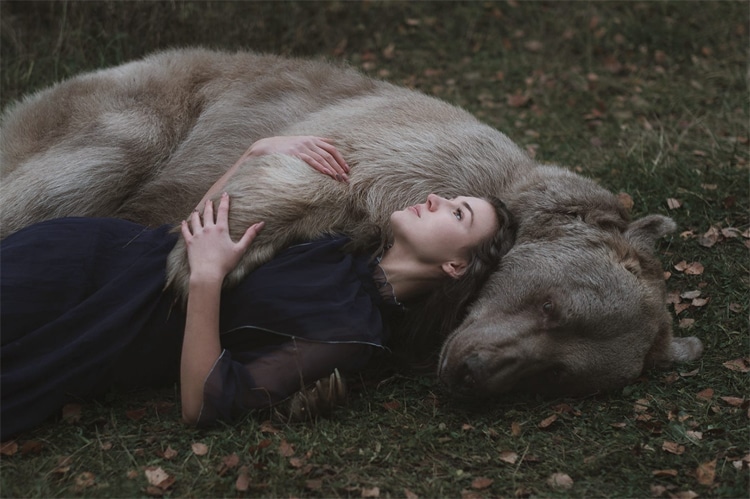
Photo: Olga Barantseva
Read more: Photographer Creates Enchanting Fairytale Photos with Real Wild Animals
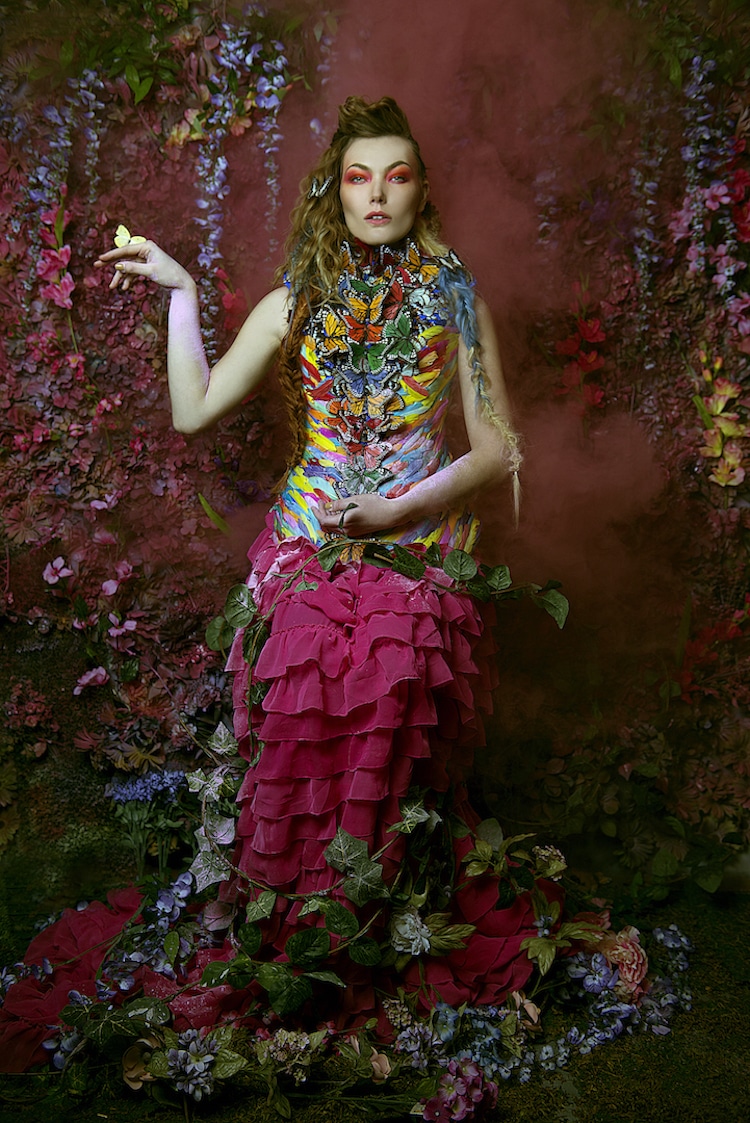
Photo: Daniela Majic
Read more: Photographer Creates Elaborate Fairy Tale-Inspired Portraits in Her Tiny Attic
Natural Landscape Photography
When photography was first invented, some of the earliest images were of the outdoors. So, it’s no surprise that natural landscapes remain a popular type of photography—there’s so much beauty out there! One subject that image makers are continually drawn to are mountains. You too can capture their majesty. We’ve outlined some tips, including: scope out an original location; plan your lighting; and as always, consider your composition.
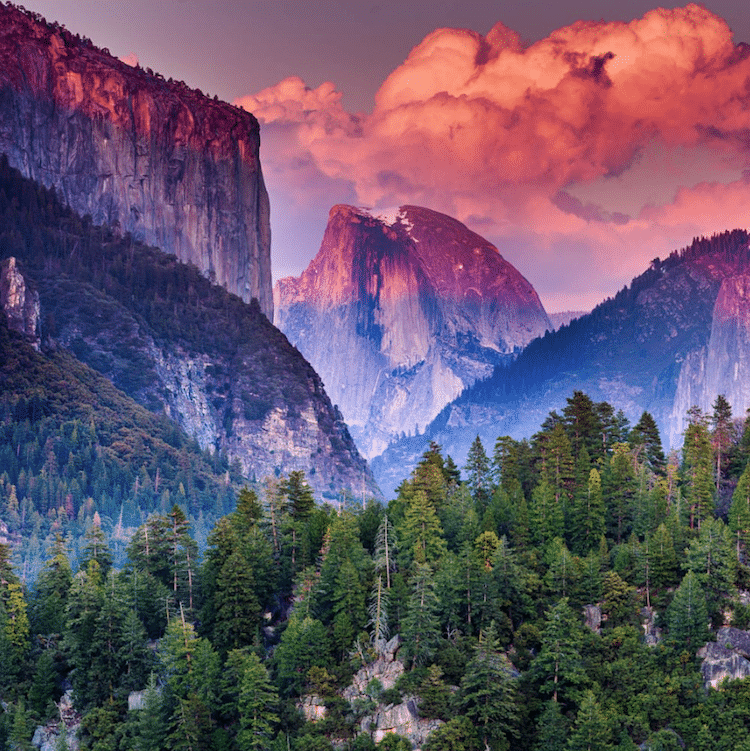
Photo: Murali Achanta
Read more: 20+ National Park Portraits Celebrating the Rainbow-Colored Lands of the U.S.
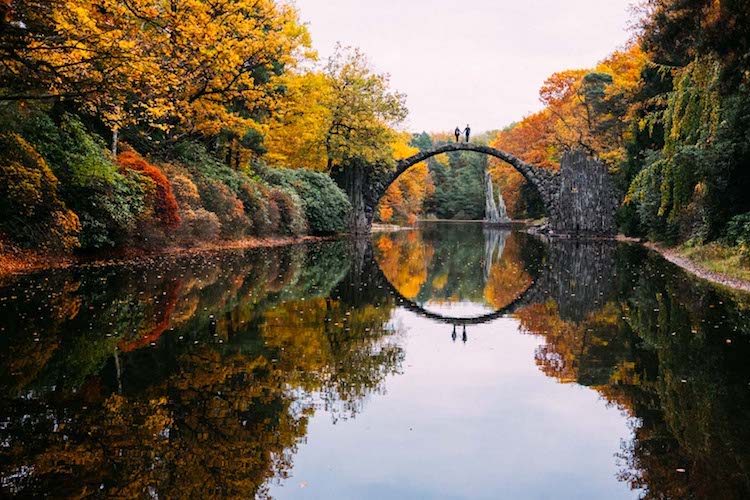
Photo: Not a Nomad
Read more: 19th Century ‘Devil’s Bridge’ Uses Its Reflection to Form a Perfect Circle
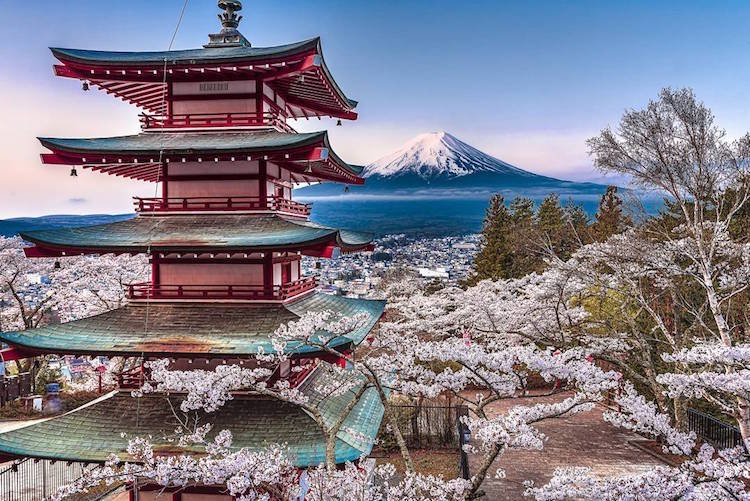
Photo: Takashi Komatsubara
Read more: Incredible Photos of Japan’s Natural Landscape That Look Like Watercolors
Documentary Photography
Arguably, one of photography’s greatest strengths is revealing what’s normally unseen or goes unnoticed; documentary images provide a better understanding of the world at large. Sometimes, these people or places are hiding in plain sight. When photographer and law student Diana Kim was taking pictures of homeless people on the streets of Honolulu, she discovered that her father was among them.

Photo: Diana Kim
Read more: Photographer Documenting the Homeless Discovers Her Own Father Among Them
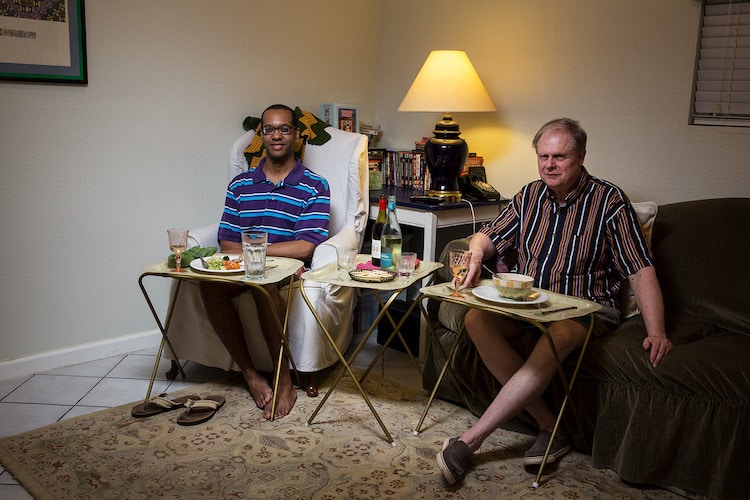
Photo: Lois Bielefeld
Read more: Interview: Photographer Reveals What Dinnertime Looks Like Across the U.S.
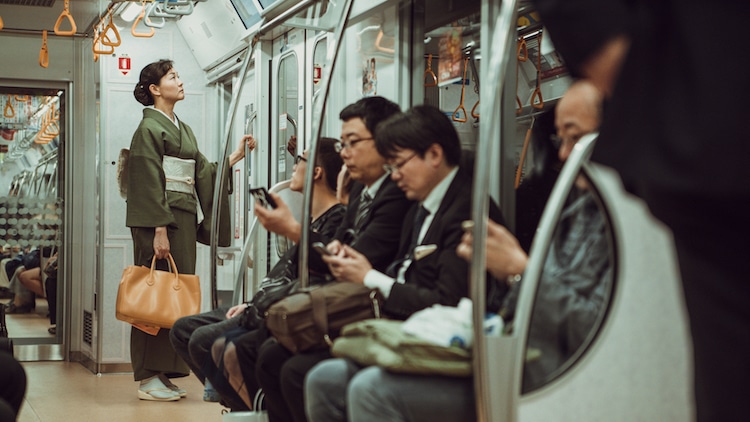
Photo: Stijn Hoekstra
Read more: Interview: Cinematic Photos Capture the Traditional and Modern Essence of Tokyo
Wedding Photography
Every year, countless couples have their nuptials photographed. Many of these images are straightforward portraits. Some photographers, however, go to the extreme to capture these celebrations in unconventional ways. From shooting underwater to hiking to the top of a mountain, a band of galloping horses can’t stop some wedding photographers from getting the perfect shot. The results transcend the image into a work of art that just happens to include a white dress and a suit.
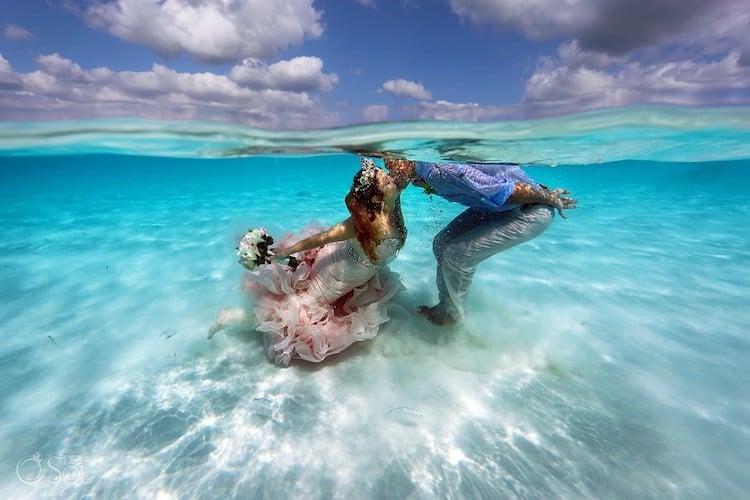
Photo: Del Sol Photography
Read more: Couple Takes a Plunge to Get Married in the Middle of the Caribbean Sea
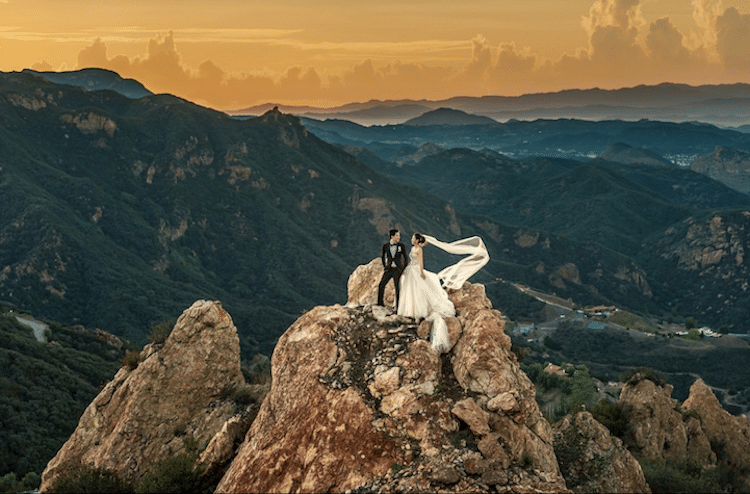
Photo: Danny Dong Photography
Read more: 17 “Best of the Best” Wedding Photos Showcase Gorgeous Depictions of Love
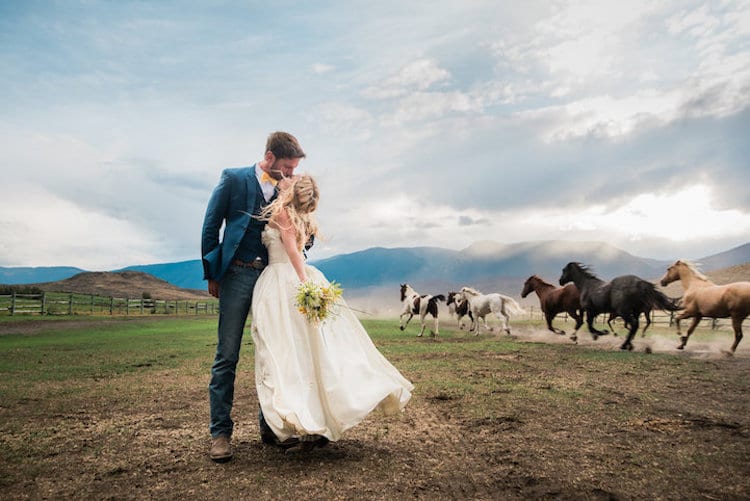
Photo: Jelger + Tanja
Read more: Perfectly-Timed Photo of Horses Galloping Through Couple's Wedding Portrait
Related Articles:
10 Astrophotographers Capturing the Awe-Inspiring Wonders of the Galaxy
11 Photographers Who Capture the Beautiful Movement of Dancers
16 Famous First Photographs in History: From the Oldest Photo Ever to the World’s First Instagram













































































